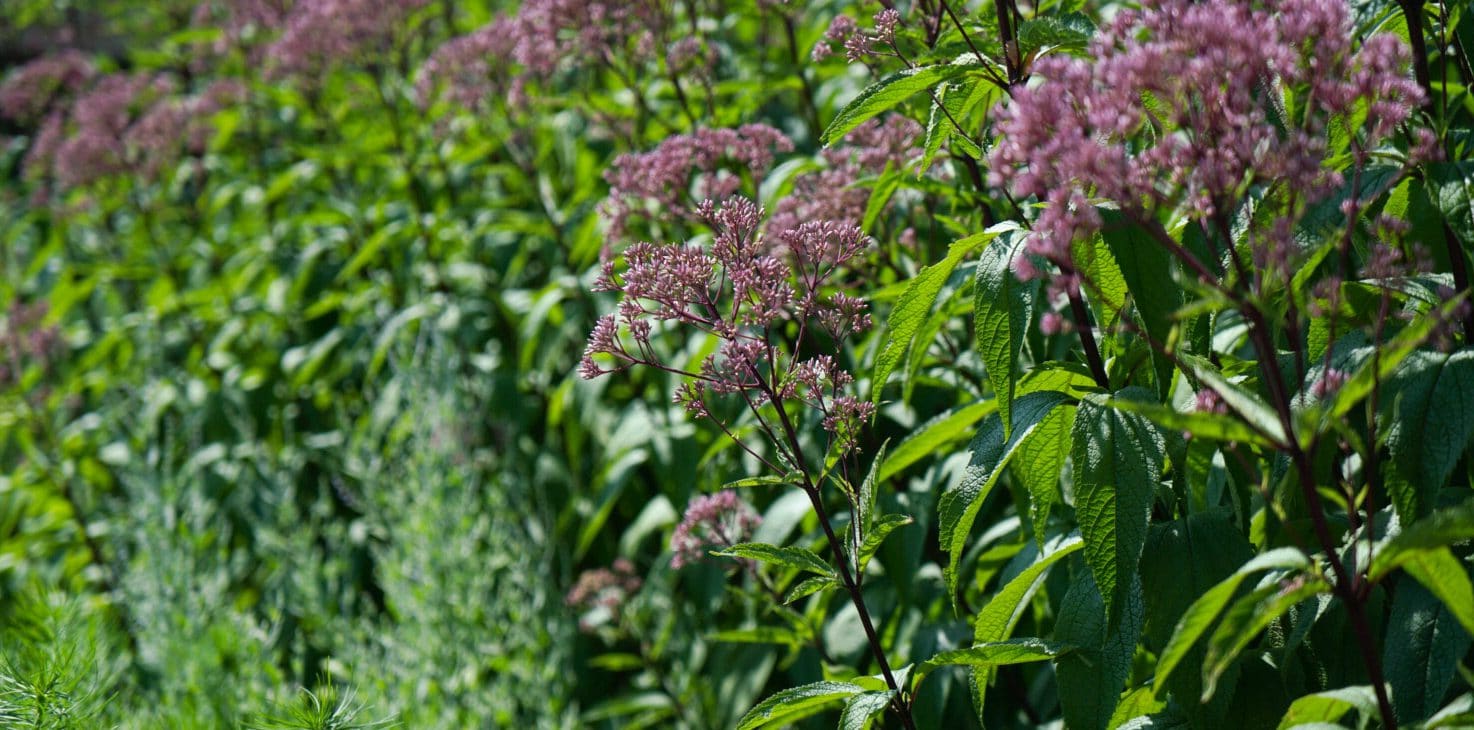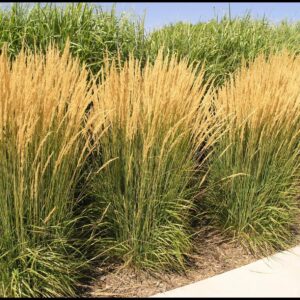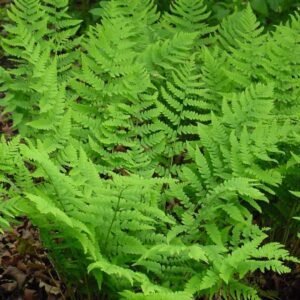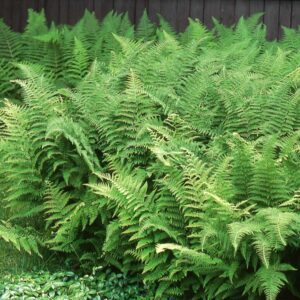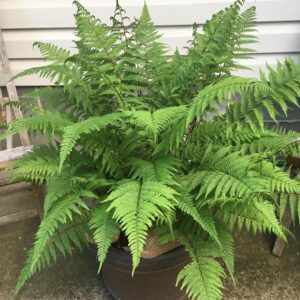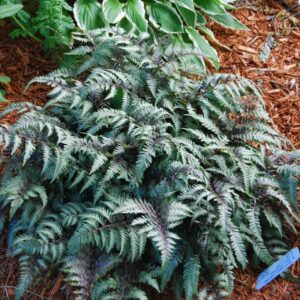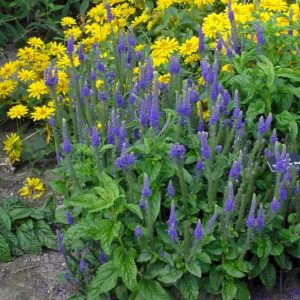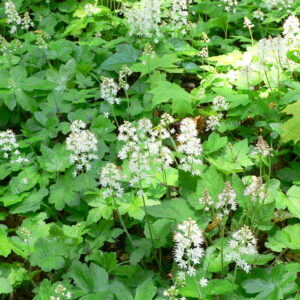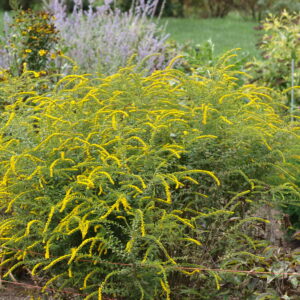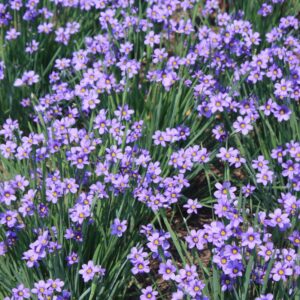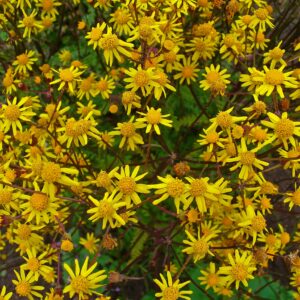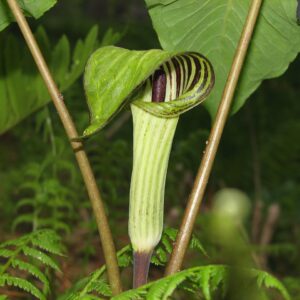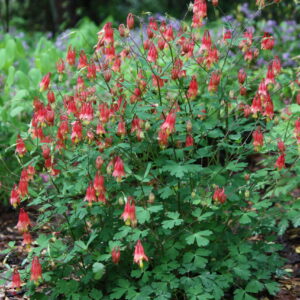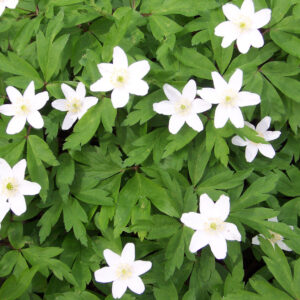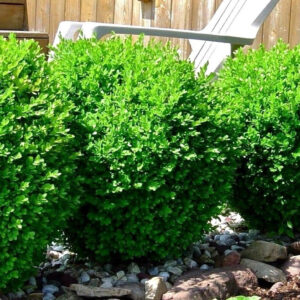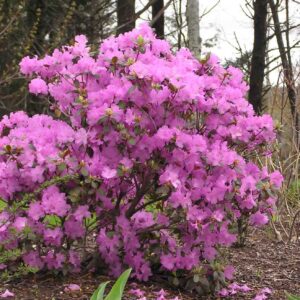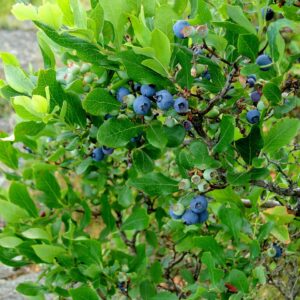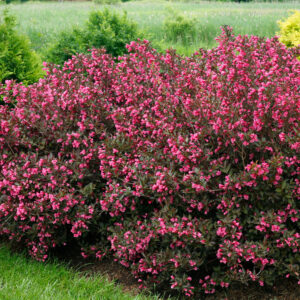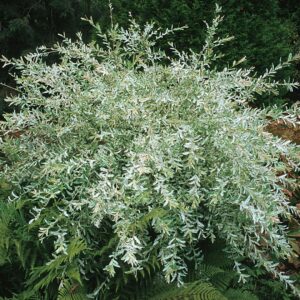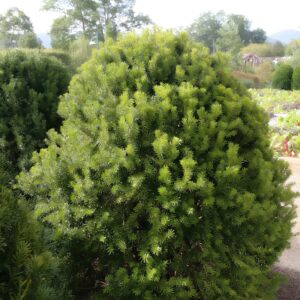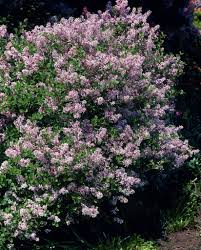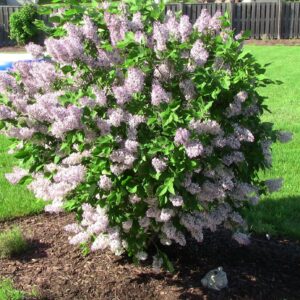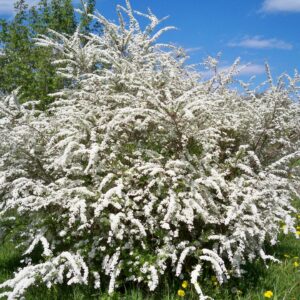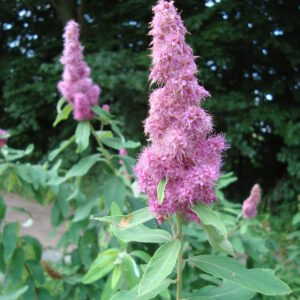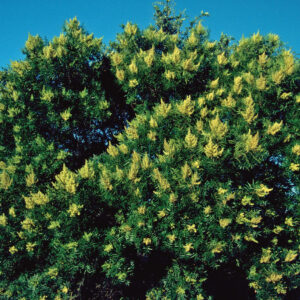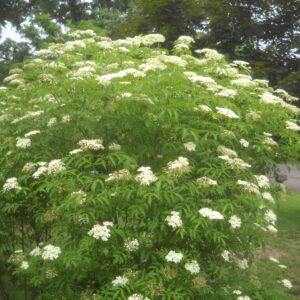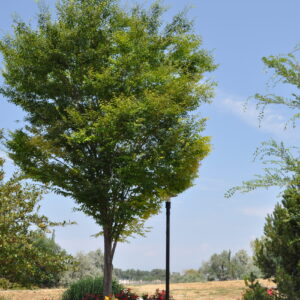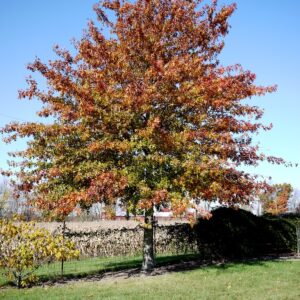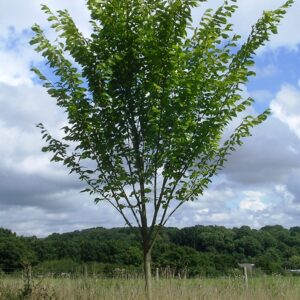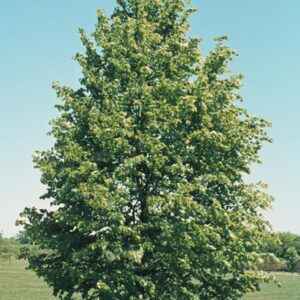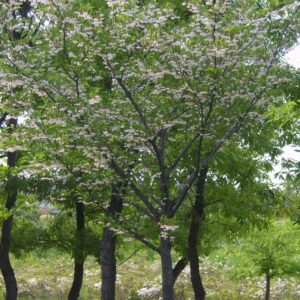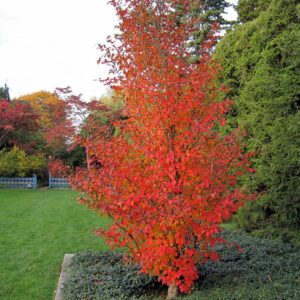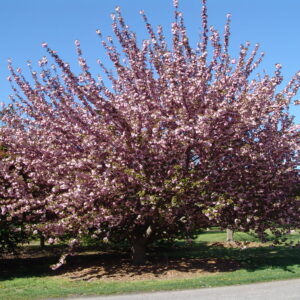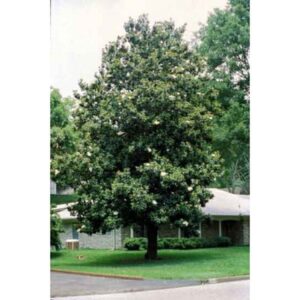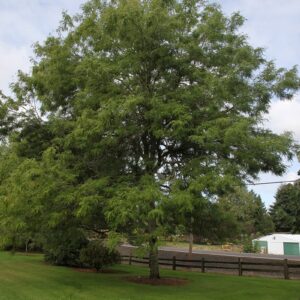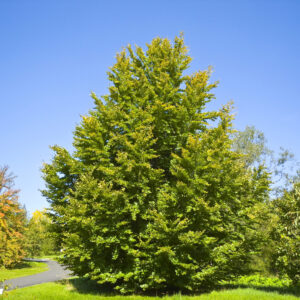-
 Browse a selection of our favorite plants.
Browse a selection of our favorite plants. -
 Watering instructions for new and established landscapes.
Watering instructions for new and established landscapes. -
 Our process, from concept to completion.
Our process, from concept to completion.
Caring For Your New Plants
Watering your new plants is the most important thing you will do to help them become established in your new landscape. Deciding how often and how much to water is a judgment call that depends on the type of plant, the soil, the weather, the time of year and many other variables.
Soil Moisture is the Key to Success
You can sample the soil by pulling mulch or compost away from the base of the plant (root zone) and assessing soil moisture five-to-six inches below the surface. Ideal water levels mean soil that is not so wet as to be muddy, but not so dry that it crumbles at your touch. Firm, moist soil that sticks together without becoming oversaturated is the goal.
Different plant types will have different watering needs. Consider the basics for each of the most common plant installations.
Long-Term Watering Tips
(tap the bars below for details)
Focus on the root zone.
Remember that it's the roots that need access to water, not the leaves. Wetting the foliage is a waste of water and can promote the spread of disease.
Water only when needed.
Automatic watering timers are especially useful, but make sure to monitor rainfall and adjust the frequency of watering when rainfall is abundant or lacking. Excessive moisture can be just as harmful to plants as drought conditions.
Water deeply and thoroughly.
Lawns and annuals concentrate their roots in the uppermost six inches of the soil. For perennials, shrubs and trees, it's the uppermost twelve inches. In heavy (clay) soil, it may take hours for water to percolate to these lower depths. As you water, dig into the soil near the root zone to monitor the infiltration of water and adjust your waterings accordingly.
Water in the morning.
Morning waterings are ideal, when overhead applications won't cause any harm to the foliage of the plants. Excessive moisture on the leaves can invite fungi and other pests to take hold. By watering in the morning, leaves are given time to dry out before sunlight is direct and intense, which increases the chances of these pests taking hold. If you must water during the day or evening, aim to water the ground at the root zone, not the plant itself.
Mulch everything.
Whether using shredded hardwood or a compost blend, mulching reduces surface runoff and slows evaporation from the soil. It will also help to insulate the root zone against frost heaving during winter.
Use the right watering tools.
For efficient watering at the root zone, use a soaker hose or drip irrigation system to help prevent foliage damage. Overhead sprinkler systems are acceptable if used early and correctly.
You're watering weeds, too
New plant installations turn up dormant weed seeds, and new soil installations inevitably carry weed seeds with them. When watering plants, these weeds are getting the water they need to grow, too. Until plants are fully established, hand-weeding is a critical care element that will discourage root competition and keep your new installation looking its best.
Perennials, Groundcovers & Ornamental Grasses
Start by watering roughly every other day after planting with an oscillating or rotating sprinkler or hose wand to moisten the top 2-4 inches of soil.
After perennials establish (4-6 weeks after installation), begin to reduce frequency of watering and increase how deeply you water. Deeper watering encourages root growth lower in the soil, where the plant will establish itself in the landscape.
After eight weeks, watering may only be required once per week or less, depending on rainfall. With each instance, let the soil dry on the surface before your next watering.
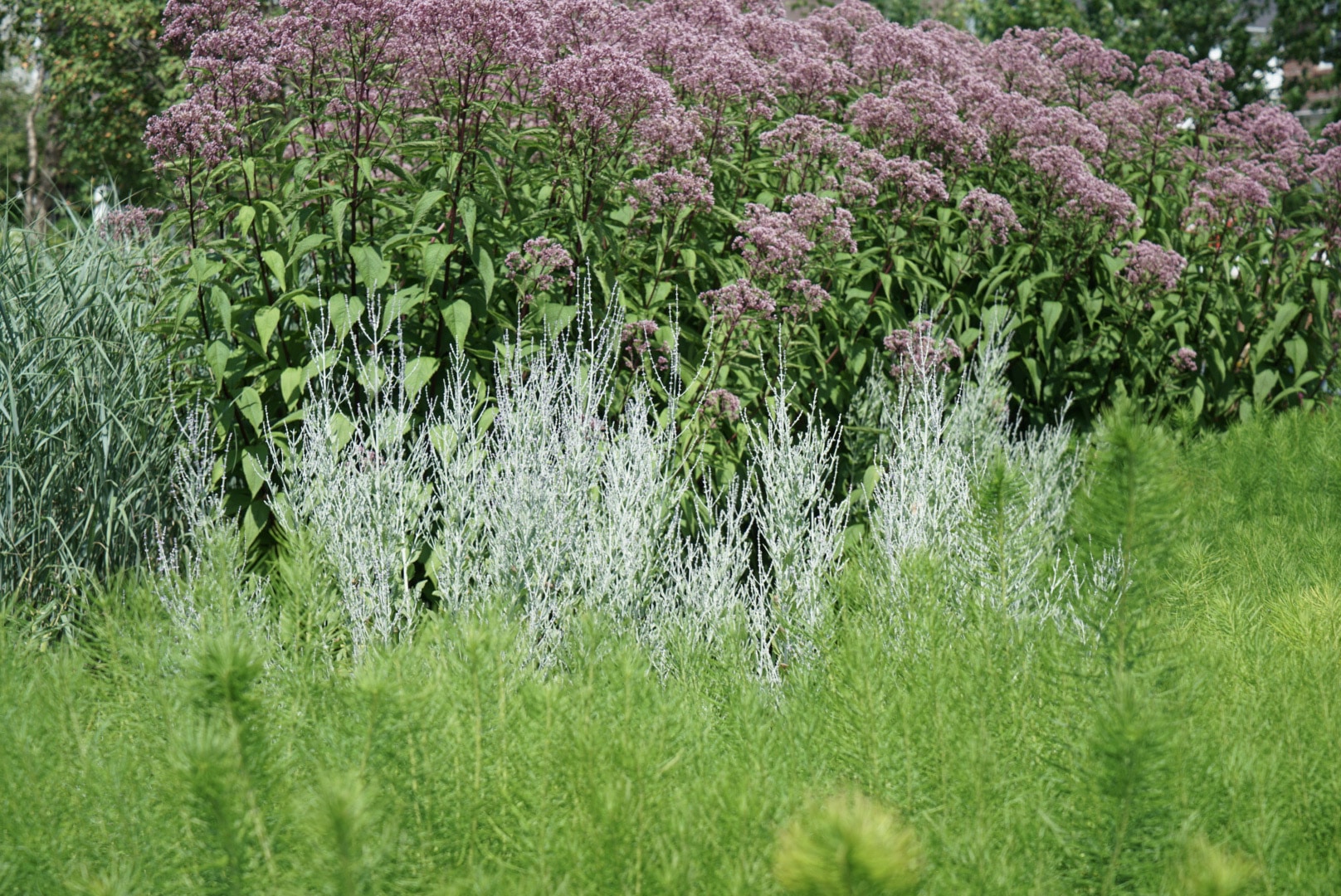
Perennials, Groundcovers & Ornamental Grasses

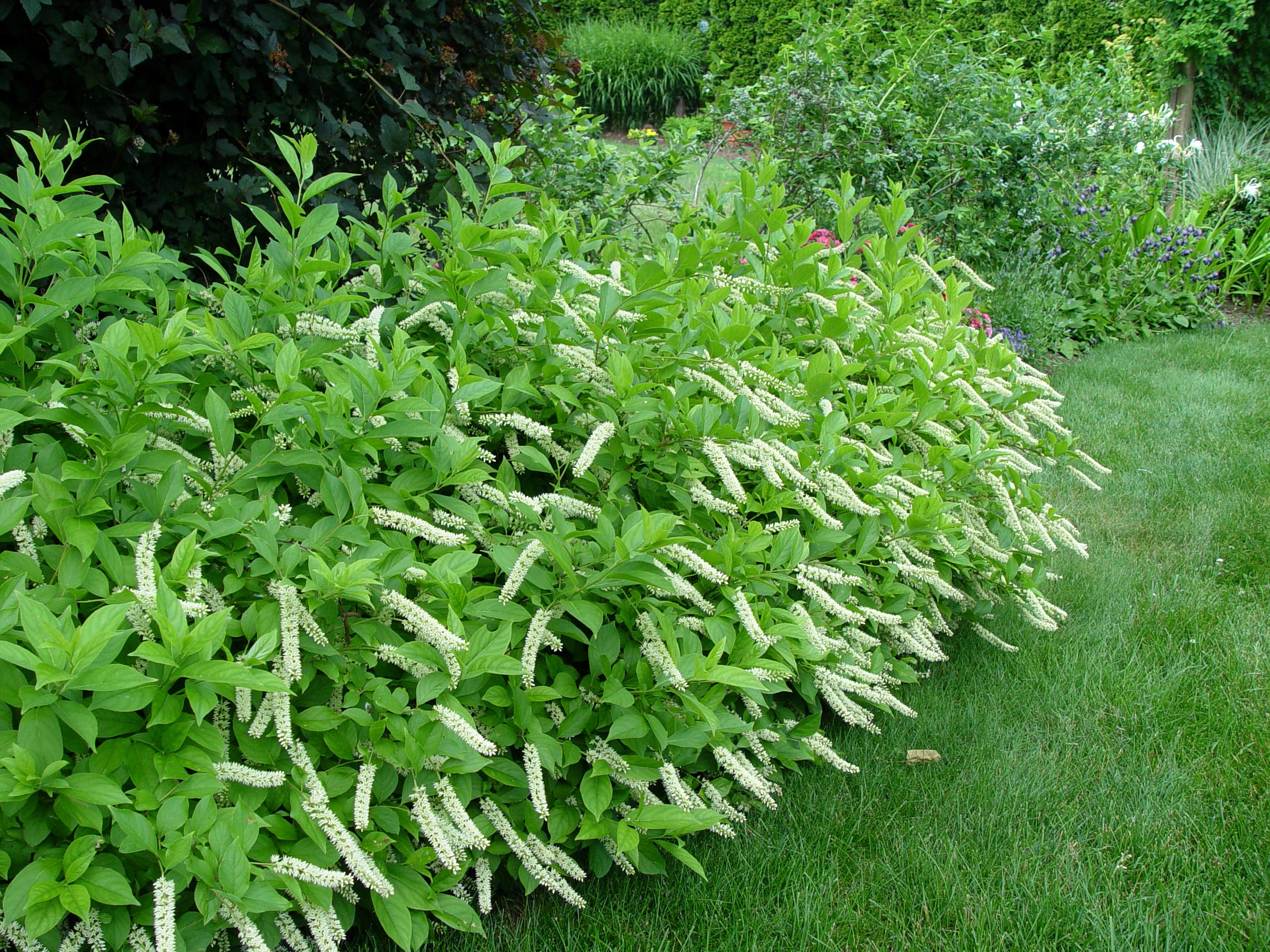
Shrubs
Water once or twice weekly following installation. Focus water at the base of the plant, under the drip line, until the soil under the entire plant (not just the trunk) is saturated. One to two gallons of water per shrub is usually sufficient.
Once established (eight or more weeks), continue to monitor for soil moisture regularly. Summer installations will require frequent watering and extra attention for signs of heat stress. Once shrubs are well established (a year or more after installation), watering may not be required unless drought conditions are persistent and extreme.
Some plants, such as Hydrangea, are good 'indicator plants' that can betray lack of soil moisture before other plants (leaf wilt is a common sign).
Shrubs

Ornamental & Evergreen Trees
Water newly planted trees twice per week for the first eight to twelve weeks. Once per week will suffice if rainfall is regular and sufficient.
In general, five to ten gallons of water per tree will be sufficient at each watering occurrence. Assessing soil moisture levels five to six inches below the surface is key, as it is with all other plant types. Soil that is moist and sticks together without feeling muddy or overly saturated is the goal.
Slow-release watering bags ensure the greatest accuracy and application of watering. These products slowly weep gallons of water directly to the root zone, ensuring slow, deep watering applications that minimize evaporation and runoff.
Once trees have become well established (roughly 12 weeks after installation), continue to monitor the soil around the root zone for appropriate moisture content. This is especially important for the first year after a tree is planted, and moreso during summer months when heat stress is greatest and rainfall is less consistent.

Evergreen & Ornamental Trees

Turf & Sod
Water new turf one to two times per day for the first two weeks, depending on temperature and rainfall, to prevent soil and new seed from drying out. Consistent and appropriate moisture is key to germinating new grass seed. Germination should occur ten to twenty days after the first watering occurrence takes place. Once seeds have germinated, continue watering regularly to keep the soil consistently moist.
Once turf is established, it is best to water in the morning to mitigate conditions where turf diseases can take hold. As your new grass seed grows and flourishes, you can water more deeply and less frequently, encouraging root growth to extend deeper into the soil.
For sod, water twice daily through the first week. Root establishment, where the roots of the sod extend into the soil beneath, occurs after one to two weeks. It is critical to get water all the way through the sod and into the underlying soil, where that contact will help root growth to occur appropriately. Two to three weeks after installation, water once daily (pending rainfall).
All established lawns require an inch of rainfall or overhead watering per week to remain green and healthy.
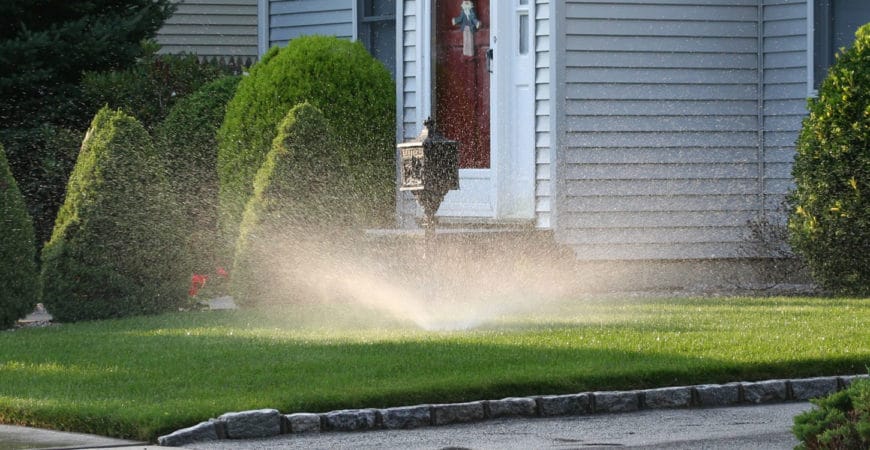
Learn More
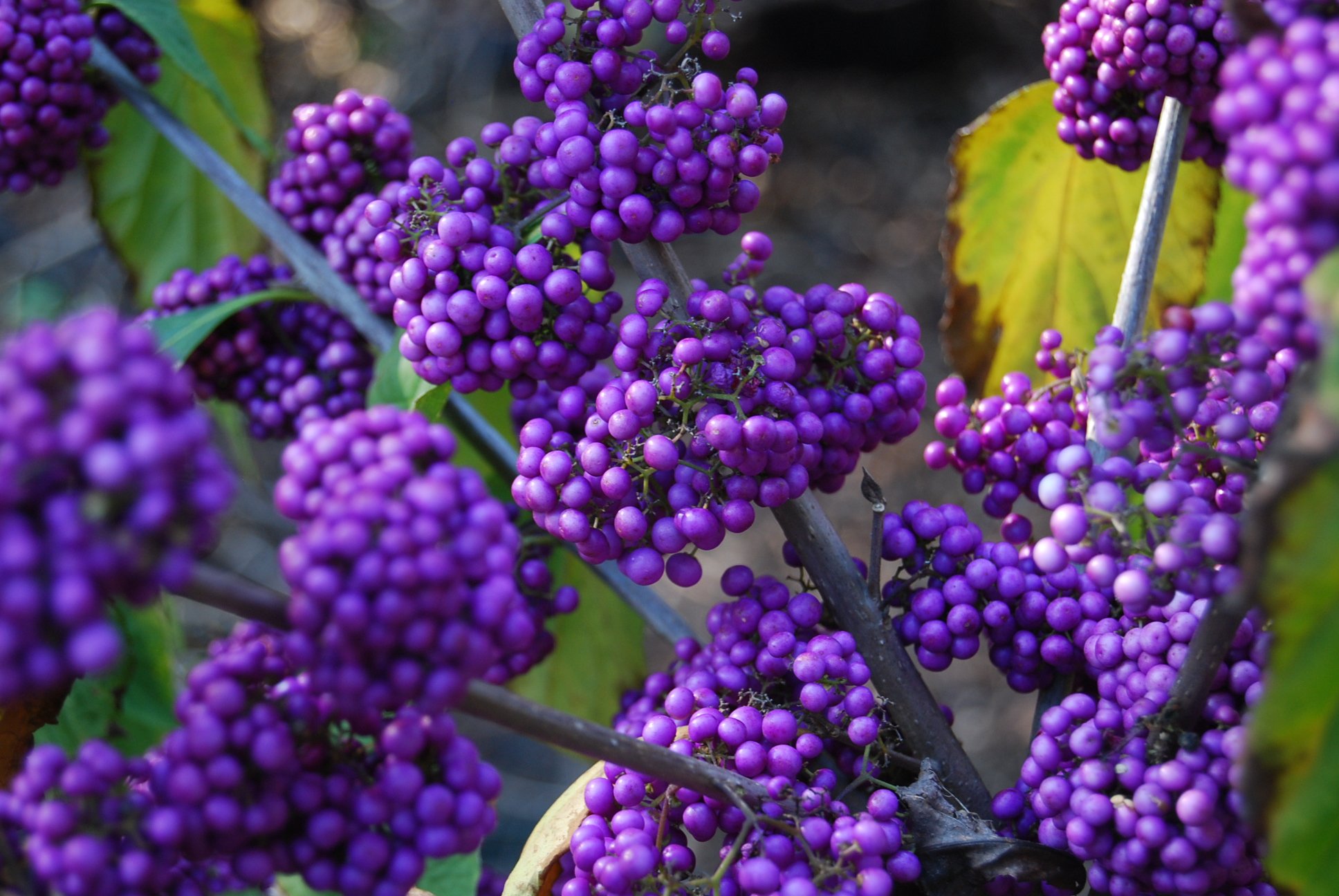
Need More Information?
Learn about specific watering needs & other plant characteristics with our Plant Profiles Resource Guide
